While mass tourism overshadows the historic value of Gaudí’s work, we celebrate the life of the genius from Reus (Catalonia), who passed away ninety years ago.
“Any profound interpretation is swept away by tourism. Visitors always get a superficial overview”. These are the words of architect Jaume Prat, the Commissioner of the Catalan architecture exhibition at the Venice Biennale: Aftermath. Arquitectura més enllà dels arquitectes (Architecture beyond architects). It is not the groups of tourists who crowd the Italian city that Prat is thinking of, but well-known works such as Saint Mark’s Basilica, and a name much closer to home: Antoni Gaudí.
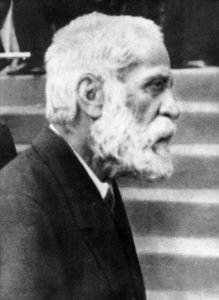
Gaudí died in a Barcelona hospital ninety years ago, on June 10 1926, after being run over by a tram and spending three days in his death throes. Although he was first taken for a beggar when he was assisted at the accident spot and was rushed to Hospital de la Santa Creu and Sant Pau, Gaudí’s funeral was solemn and massively attended.
Ever since his passing, we have had wide-ranging views on Gaudí, depending on the interests of the people and the institutions that live off the architect’s name and legacy: Gaudí is the most iconic sight in Barcelona city, an exceedingly devout man on the path to sainthood, the inventor who turned his observations of nature into structures, a hot-headed Catalan separatist and so on. Gaudí has been used to justify many causes, but his heft as an architect —the most important element of all— has often been sidelined. Mireia Freixa, a professor of History of the Arts at Universitat de Barcelona (UB), claims that “there are still areas worthy of research, but now is the time to reflect on how to best preserve Gaudí’s cultural and material legacy”.
The list of platitudes about Gaudí is commensurate with the wider public’s profound ignorance of his work. “Today’s approach to architecture is very social, which leaves out parts of Gaudí because, rather than just one single Gaudí, there are many different Gaudís. His legacy is limitless, we won’t see the end of it”, insists Prat. There is a young Gaudí who designed industrial premises for a workers’ coop in Mataró. We also have the professional Gaudí, who designed a luxury palace for Eusebi Güell, the same client for whom he built the crypt in Colònia Güell. In the latter building one can find reused bricks and metal railings that are made from the needles of looms that were no longer in use. And Gaudí completed all these works before giving the Sagrada Família his full attention. While Prat underscores Gaudí’s complexity, she regrets that Gaudí’s ambition isn’t more widely recognised by the people and she states that “we are stuck with a pantomime character painted with thick strokes”.
The danger of dying of success
Historian and art critic Daniel Giralt-Miracle, who was the Commmissioner of Any Gaudí (the Gaudí Year), claims that visitors have taken over Gaudí’s buildings, but many of them are only looking to take a photograph. Giralt-Miracle warns that “tourism in Barcelona city and visits to Gaudí’s buildings must be regulated so as to avert the Venice effect. They must be regulated to avoid self-destruction and dying of success”. Still, he believes that the dissemination of Gaudí’s legacy has had a positive impact on the Catalan public, which has shifted from “indifference” to “passion” for Gaudí’s work in just a few decades. “The interest that his buildings elicit is fully justified, but visits and knowledge should be managed from a broader standpoint. His architecture must be well-preserved and kept undamaged, that’s what truly matters”, says architect Xavier Güell, who has penned a monograph on Gaudí’s work.
Freixa believes that “Gaudí’s popularity has helped to make his image banal; I’ve seen some incredible stuff, such as flamenco dancers and bulls made of trencadís (pique assiette) and turned into the image of Barcelona city: Gaudí as a spectacle. But that shouldn’t prevent us from having a playful view on Gaudí. The trouble is that visitors and the general public don’t know history. It is a consequence of the lesser importance afforded to the Arts in general education”.
“Gaudí’s character is unique and cannot be pigeonholed. At times, this makes him morbidly appealing. He is not the genius that some claim, but a man with both feet firmly planted on the ground and an extraordinary sense of tradition and construction”, says architect Jaume Sanmartí, who directs the Càtedra Gaudí. “If you combine this sense of tradition and construction with his genius, quite naturally you get work that is unique”, he says, “and it is also easily understood, whilst avoiding trite explanations. Gaudí has no heirs who can stand up for his rights and he has been subjected to all sorts of arbitrariness”.
The fact that Gaudí became a very important architect in his lifetime is another reason why his exceptional architecture is a magnet for commercial exploitation and it lends itself to exaggerating some aspects of Gaudí’s work, while others are played down. In his book Antoni Gaudí. Fuego y cenizas (published by Tenov), Gaudí expert Juan José Lahuerta —who manages the MNAC collections— claims that “no other architect managed to meet, like Gaudí did, the one condition that the market imposes on any readily available product: to be a convincing representation that anything is possible”.
From a historic image of the so-called Mansana de la Discòrdia (the “block of discord” in Barcelona city, which features Casa Ametller by Josep Puig i Cadafalch and Casa Lleó Morera by Lluís Domènech i Montarer) Lahuerta explains how architecture was starting to be perceived as “the great curiosity” of the time, in a city that had become “a trading spectacle”. Even Gaudí himself was aware of it. In one of his texts collected in El pensamiento de Gaudí (published by Dux), the architect writes about the potential of his buildings beyond their architectural value and refers to them as a touristic “asset” which could yield substantial profits.
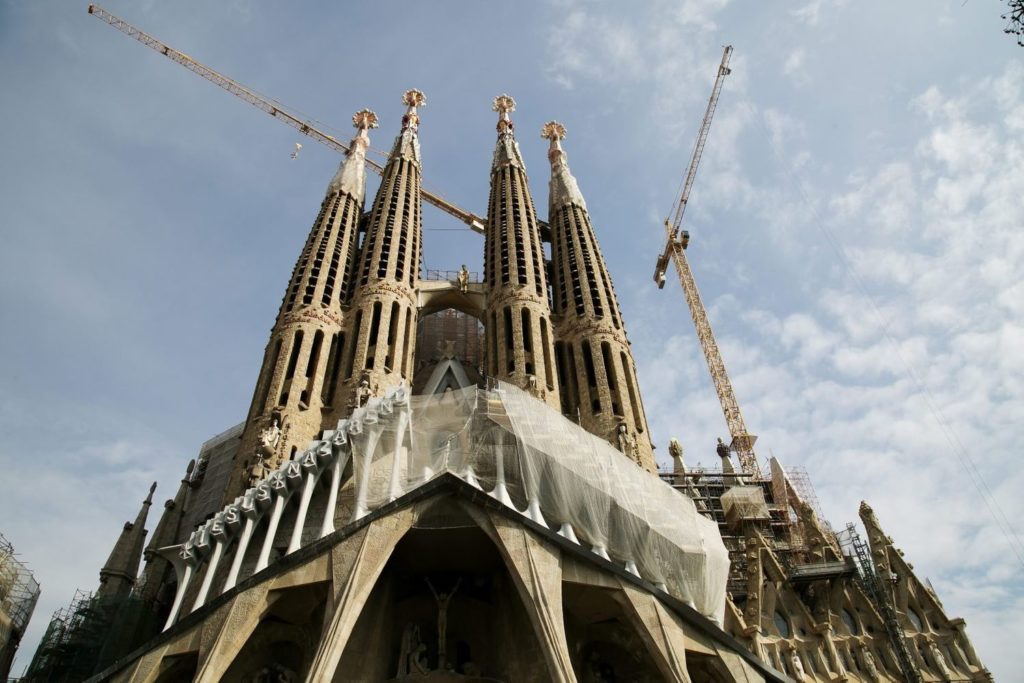
From Le Corbusier to Zaha Hadid
Dutch architect and Gaudí biographer Gijs van Hensberg has just written a monograph on his work entitled La Sagrada Família. El paradís terrenal de Gaudí (“Gaudi’s earthly paradise”, published in Catalan by Rosa dels Vents). The Dutch author is also very critical of the way that Gaudí has been regarded. “He has been misunderstood entirely. It has taken us one hundred years to realise that he was a true genius. While the works of Norman Foster, Richard Rogers, Santiago Calatrava and Zaha Hadid are hardly Gaudí knock-offs, they are barely conceivable without Gaudí and his uncovering of the catenary arch”. Jaume Prat and Daniel Giralt-Miracle agree that Gaudí’s is one of the big names worldwide. Prat states that “Gaudí lives on. He left us his method and a way of going about things. I’m not sure we would have contemporary architecture as it is today, were it not for Gaudí. There would be no Le Corbusier without Gaudí”. Giralt-Miracle believes that the Catalan architect is on a par with Mies van der Rohe and Frank Lloyd Wright.
Not only does Gijs van Hensberg regard Gaudí as a genius for creating structures, but he also underscores the architect’s ability “to tell stories of a religions nature”. “His greatest legacy are these well-defined, superbly-executed projects. Every one of Gaudí’s works is unique and represents a new effort”, Güell remarks. And his only reservation is this: “Gaudí’s work is widely-known and there is a singular building —Sagrada Famíla— where we ought to be very clear about what was Gaudí’s own doing and what has been built afterwards, which doesn’t mean that the latter is a mistake”.
Three questions for Jaume Sanmartí, the director of Càtedra Gaudí
Are there any Gaudí buildings that still require an intervention?
The pavilions of the Güell stately home in Pedralbes. The former stables used to house the Càtedra Güell while my predecessor Bassegoda Nonell was the director. He had them restored. But both are almost derelict nowadays.
What are the main upcoming challenges surrounding the work of Gaudí?
We must drop his personal history and focus on what we are to do with his buildings from now on and what current technology we can use to preserve his legacy.
As for the Sagrada Família, how do you think the project should have been carried on?
History should have repeated itself. Gaudí took over Francesc de Paula Villar’s neogothic project and transformed it. After Gaudí’s death, someone should have continued the Sagrada Família in a different way. Jujol first —and Enric Miralles later— could both have accomplished this with no trouble.
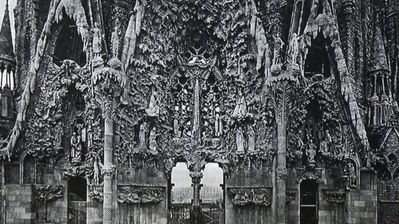
Nine thoughts by Antoni Gaudí
Isidre Puig Boada (1890-1987) met Gaudí as a young architect and often visited him at the Sagrada Família building site. But it wasn’t until 1981 that the writings, ideas and thoughts collected by him and other peers of the master’s were eventually published. Dux publishers have recently released the book in Spanish: El pensamiento de Gaudí (Gaudí’s Thinking).
“Mediterranean arts will always be markedly superior to the north’s because they are applied to the observation of Nature”.
“Everything stems from the great book of Nature; men’s works are already a printed book”.
“Originality is about getting closer, going back to the origin”.
“The model I have seen by Le Corbusier is a stack of parallelepipeds (…) His mind works like a carpenter’s”.
“It wouldn’t surprise me if one day Casa Milà became a hotel, given the many lavatories and how easily its layout could be changed”.
“The more scientific, the more useless men are for reality”.
“I am sorry that I cannot complete the Temple; I will age and others will take over to renovate it; this will make it all the greater”.
“A faithless man is a spiritual amputee”.
“My belief in immortality will grow stronger for as long as I see people die”.
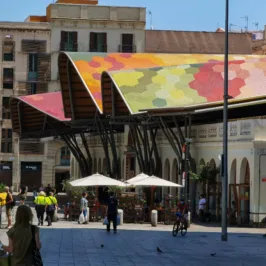


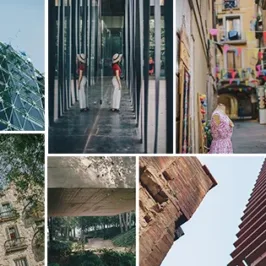
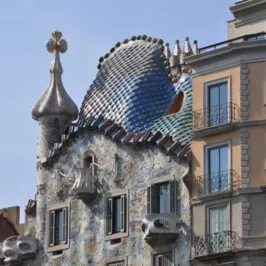
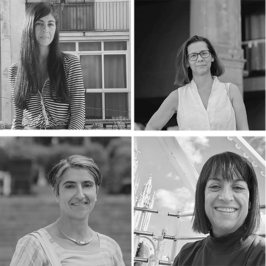
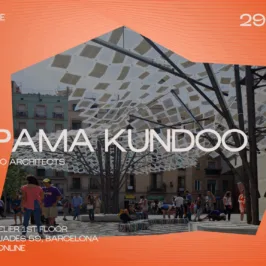
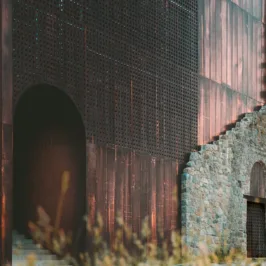

Leave a Reply